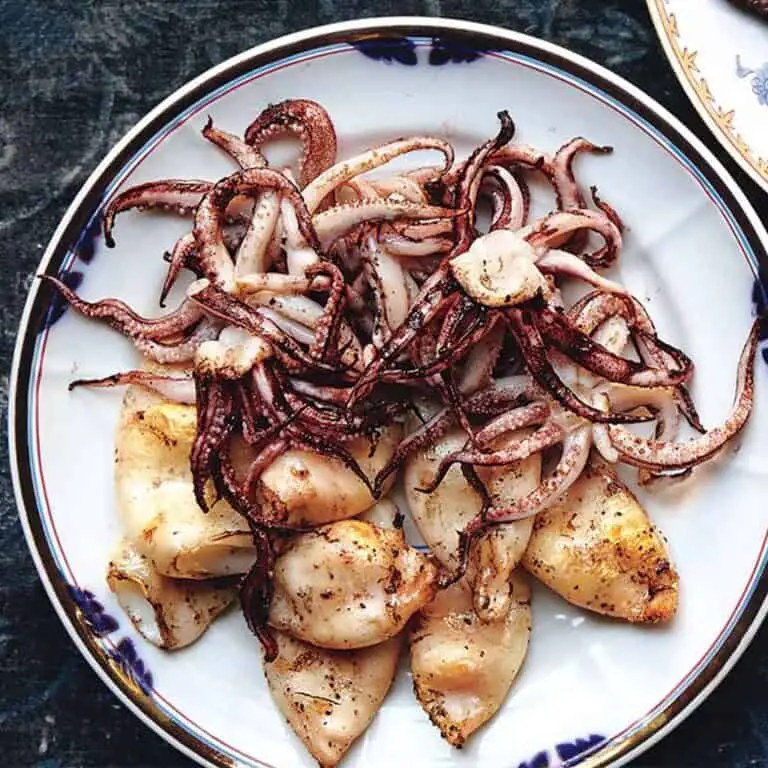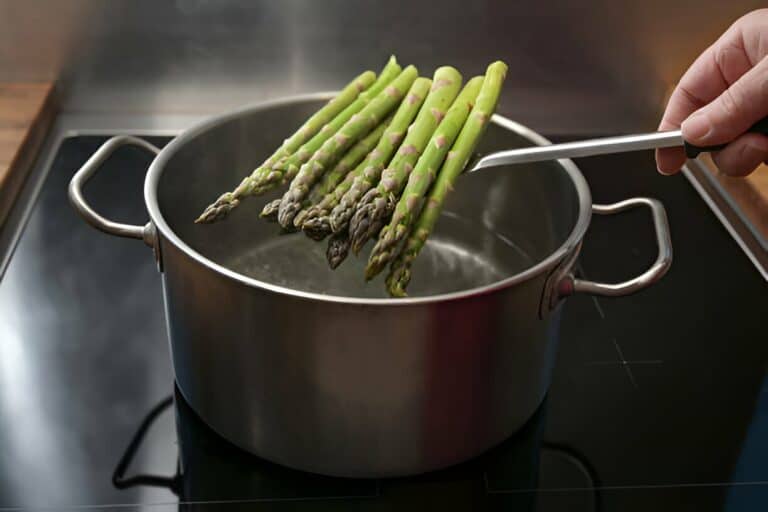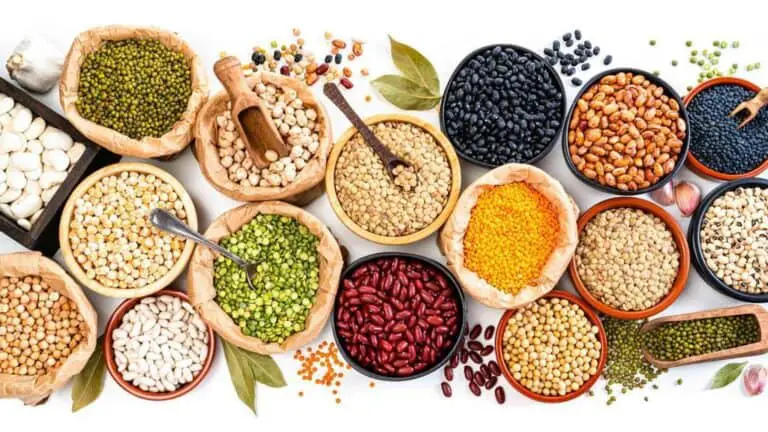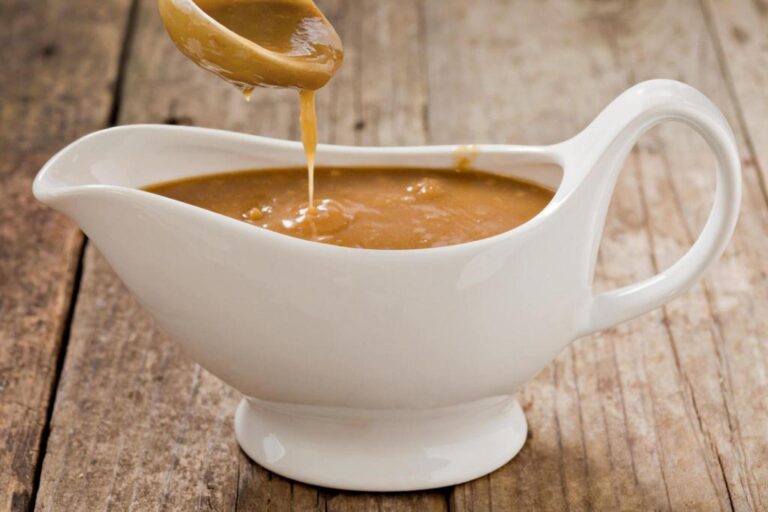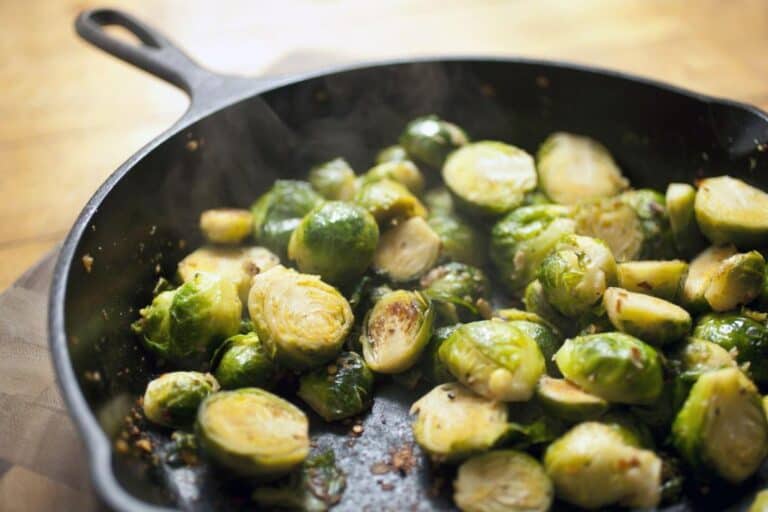How Many Times Can You Reheat Cooked Rice? (Leftovers Reheating Guide)
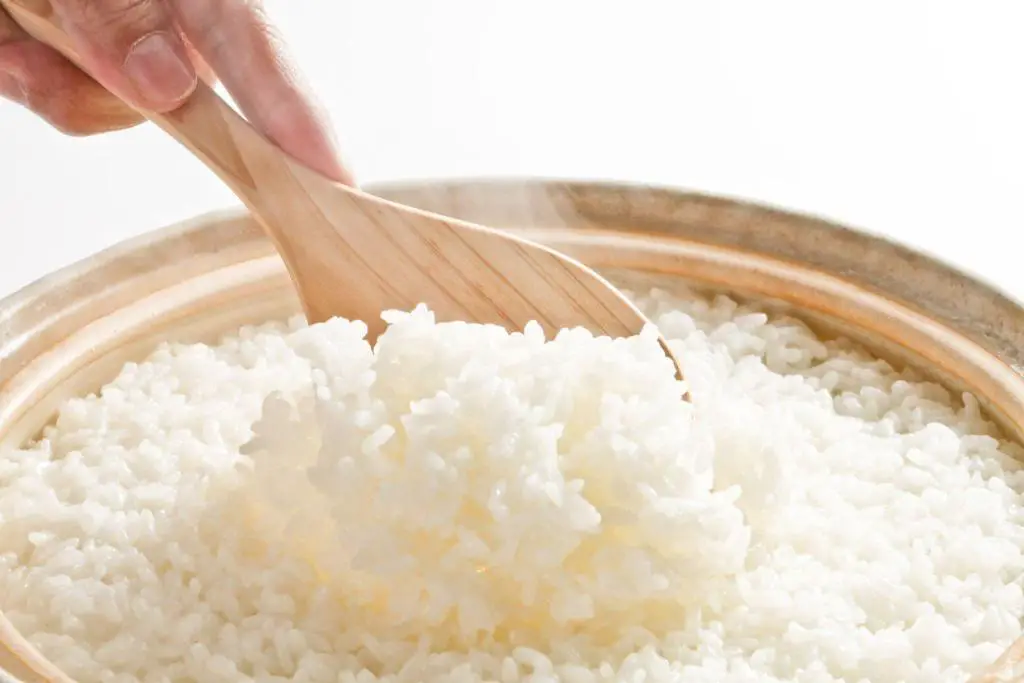
Are you someone who loves to cook a big batch of rice only to find yourself with leftovers that need reheating? Or perhaps you’re trying to minimize food waste and make the most of your meals. Whatever the case may be, it’s important to know how many times cooked rice can safely be reheated.
Reheating leftovers is a common practice in households around the world. But, when it comes to cooked rice, there are certain considerations to keep in mind. Rice is prone to bacterial growth if not handled and stored correctly, which can lead to foodborne illnesses. So how many times can you reheat cooked rice before it becomes unsafe?
Reheating cooked rice more than once is not recommended, as it can cause food poisoning. To safely reheat rice, it should be cooled quickly and stored in the fridge for no more than one day until reheating.
In this article, we will delve into the science behind reheating cooked rice and address any concerns or risks associated with doing so. We will provide expert advice on proper storage techniques for leftover rice as well as tips for safe reheating methods.
Whether you’re looking for ways to extend the lifespan of your meals or simply want peace of mind knowing your food is safe, keep reading. We will uncover everything you need to know about reheating cooked rice.
The Convenience of Cooking Extra Rice
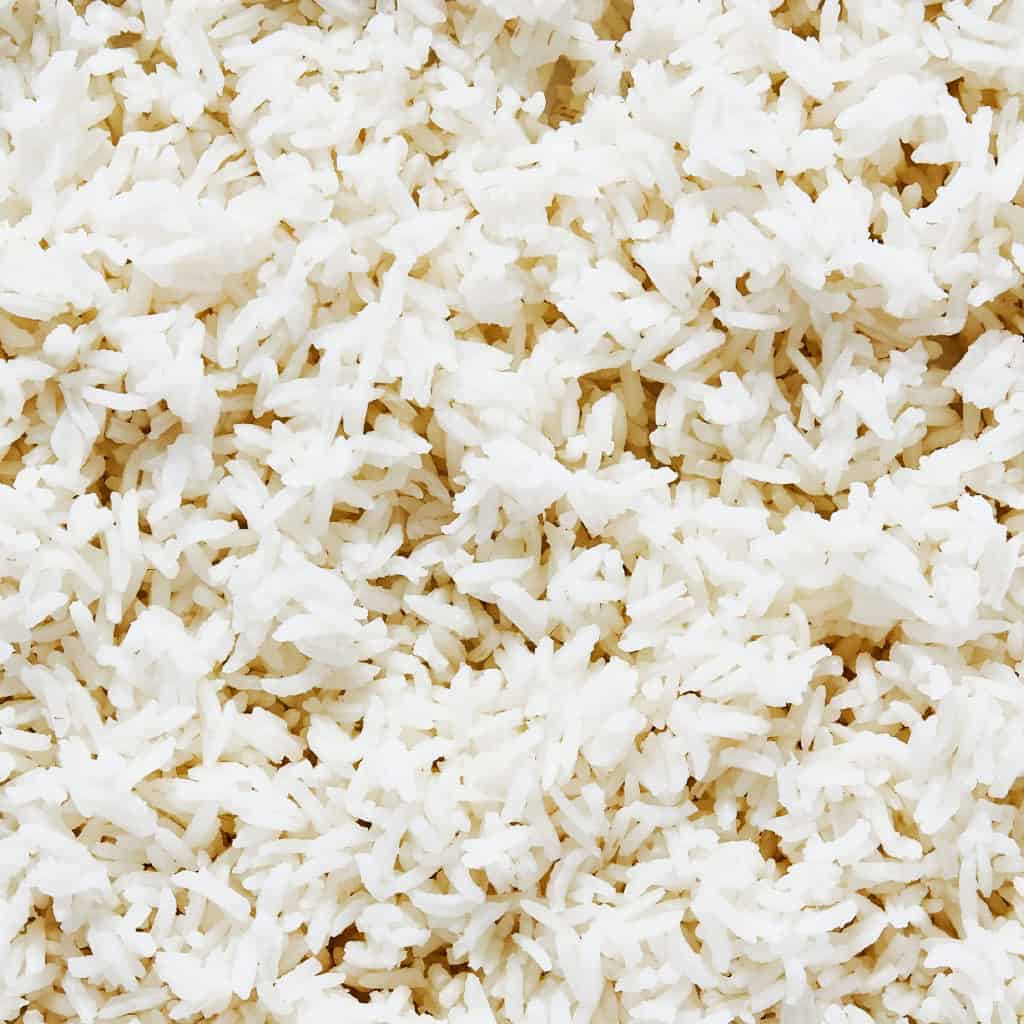
Cooking extra rice to have leftovers for future meals is a common practice in many kitchens. It offers convenience and time-saving benefits, especially on busy days when cooking from scratch may not be feasible.
Prepare extra rice for one meal. Use it in many dishes or as a quick lunch or dinner side.
Additionally, having leftover cooked rice allows you to reduce food waste by maximizing the use of your ingredients. Instead of throwing away unused portions, you can transform them into delicious meals. All you need are a few extra ingredients. This not only saves money but also contributes to sustainable practices in the kitchen.
Many people rely on leftover cooked rice as an essential part of their weekly meal planning. However, understanding how long these leftovers can be safely reheated without compromising taste or safety is crucial to ensuring that your meals are both enjoyable and healthy.
Is It Safe to Reheat Cooked Rice?
1. Explanation of Bacterial Growth in Cooked Rice
Cooked rice is a common leftover food item that many people enjoy reheating for future meals. However, it’s important to be aware of potential risks. Improper reheating and storage of cooked rice can pose dangers. One particular concern is the rapid growth of harmful bacteria, especially Bacillus cereus, which can cause food poisoning if consumed.
When cooked rice is left at room temperature for too long or not stored properly, spores from Bacillus cereus begin to multiply rapidly. These spores are commonly found in soil and dust and can survive cooking temperatures without being killed off completely.
As the cooked rice cools down slowly, these spores germinate into bacteria cells and release toxins that can make you sick once ingested.
2. Potential Health Risks Associated With Improperly Stored or Reheated Rice
Reheating improperly stored or refrigerated-cooked rice can expose you to various health risks. That’s because bacterial growth can occur. Eating contaminated reheated rice has been known to lead to symptoms such as nausea, vomiting, stomach cramps, and diarrhea within 1-5 hours after consumption.
The key factor in preventing illness from reheated cooked rice lies in proper storage techniques. It’s essential never to leave freshly-cooked (or partly eaten) warm or hot plain white/brown/wild/grain mixed rice types out on counters for more than an hour before refrigeration. Microbes love this temperature range!
Instead, divide large batches into smaller portions when storing them in shallow containers immediately after cooking. Ensuring rapid cooling throughout each batch helps minimize bacterial growth considerably.
3. Explaining the Role of Bacillus Cereus in Causing Food Poisoning
Bacillus cereus is a naturally occurring bacteria species commonly found in soil and grains like uncooked rice. It can form spores that survive cooking. The spores don’t harm people until released, and the bacteria grow quickly in the right conditions. Improperly stored or reheated cooked rice served as a perfect breeding ground for Bacillus cereus to multiply, leading to food poisoning.
When those spores germinate during the cooling process of cooked rice (usually within 2-3 hours at room temperature), they quickly multiply. They produce toxins that can cause damage when ingested. These toxins can withstand reheating temperatures, making it essential to maintain proper storage practices, from refrigeration after cooking to promptly consuming leftovers or thoroughly reheating them above 165°F/74°C to eliminate any live bacteria.
| Related: Can You Reheat Fried Rice Twice Without Compromising Safety or Taste? |
Factors Affecting the Safety of Reheated Cooked Rice
When it comes to reheating cooked rice, there are several factors that can influence its safety. The way in which rice is stored, handled, and reheated all play crucial roles in determining whether it can be safely eaten or if it should be discarded.
One important consideration is the storage temperature of cooked rice. Bacteria such as Bacillus cereus can multiply rapidly at room temperature, posing a risk for foodborne illness. To mitigate this, cooked rice should be promptly refrigerated within two hours of cooking. Even when properly refrigerated, cooked rice has a limited shelf life. Experts recommend consuming leftovers within three to four days.
The method by which you reheat your rice also affects its safety. It’s vital to thoroughly heat the entire portion until it reaches an internal temperature of 165°F (74°C) to kill any potential bacteria or pathogens that may have grown during storage. Uneven heating or inadequate temperatures can leave behind pockets of bacteria, making reheated rice unsafe to consume.
By understanding these key factors and implementing proper storage and reheating practices, you can enjoy leftover cooked rice safely. This also helps minimize waste.
Why is Bacteria Growth Common in Cooked Rice?
Cooked rice has a reputation for being particularly prone to bacterial growth, and there are several reasons why this is the case. One of the primary factors contributing to this risk is temperature abuse.
When cooked rice sits at room temperature for an extended period of time, it creates an ideal environment for bacterial growth. As temperatures between 40°F (4°C) and 140°F (60°C) fall within the danger zone, bacteria can multiply rapidly, potentially leading to food poisoning.
Humidity also plays a significant role in promoting bacteria growth in cooked rice. Moisture encourages bacterial growth. It is crucial to store leftovers properly by sealing them tightly and refrigerating them promptly. Additionally, if cooked rice is left uncovered or stored where condensation can form on its surface, this moisture becomes fertile ground for harmful bacteria. For example, Bacillus cereus or Staphylococcus aureus thrive in this environment.
The pH level of cooked rice provides another condition that favors bacterial growth. Cooked rice usually has a slightly acidic pH around 5-6. This environment supports bacteria’s survival and reproduction because they often thrive in such conditions. Moreover, starchy foods like rice provide ample nutrients that enable bacteria to multiply rapidly when given the opportunity.
Best Practices for Storing Leftover Rice
a. Proper refrigeration techniques:
When it comes to storing leftover cooked rice, the key is to cool it down quickly and store it in the refrigerator within 2 hours of cooking. This is important because rice can be a breeding ground for bacteria called Bacillus cereus. It can cause food poisoning if not handled carefully.
To properly cool down your cooked rice, spread it out on a large plate or tray so that it cools more evenly and quickly. Avoid leaving the pot or container with the hot rice sitting out at room temperature, as this promotes bacterial growth.
Once cooled, transfer the cooked rice into an airtight container or sealable bag before placing it in the fridge. This will help maintain its freshness while preventing any potential contamination from other foods in your refrigerator.
b. Temperatures at which bacteria growth occurs:
It’s crucial to be aware of the temperatures at which bacteria grow rapidly and multiply to dangerous levels. This happens when reheating cooked rice. Bacteria thrive between 40°F (4°C) and 140°F (60°C), known as the danger zone for food safety.
Therefore, when reheating leftover cooked rice, make sure to heat it thoroughly until steaming hot all throughout—reaching an internal temperature of at least 165°F (74°C). Checking with a food thermometer is always recommended to ensure proper heating.
Guidelines for Safe Reheating
When it comes to reheating cooked rice, there are a few important guidelines to follow to ensure it is safe for consumption. One of the most crucial aspects is thorough heating. It’s essential that any leftover rice be heated until it reaches an internal temperature of at least 165°F (74°C) throughout. This helps kill any potential bacteria or toxins that may have developed during storage.
After serving the rice, it’s best to cool and refrigerate leftovers within two hours. This prevents bacteria like Bacillus cereus from multiplying rapidly and rbeuces the risk of foodborne illnesses associated with improperly stored cooked grains.
3 Tips for Reheating Leftover Cooked Rice
To make sure your reheated rice remains safe and delicious, here are six handy tips:
1. Use Leftovers Within Recommended Timeframes
When properly stored in an airtight container in the fridge at temperatures below 40°F (4°C), cooked rice can typically be safely consumed within 3-5 days. Be mindful of this timeframe and don’t let those tasty leftovers go to waste!
2. Proper Storage Techniques
Store your leftover rice promptly after cooling by transferring it into shallow containers or dividing it into smaller portions before refrigeration. This helps speed up cooling and allows for more even reheating later on.
3. Best Methods for Reheating
There are several ways to reheat leftover cooked rice. It depends on your preferred method and available equipment. The microwave, stovetop, and oven all work well. When using a microwave, add some liquid (water or broth) before covering tightly with plastic wrap or a microwave-safe lid to retain moisture while preventing splattering.
a) Microwave Reheating:
Cover and moisturize: Place a damp paper towel over the rice to retain moisture.
Stir and Check: Stir the rice halfway through the reheating process to ensure even warming.
b) Stovetop Reheating:
Add a Bit of Liquid: Sprinkle a few drops of water or broth to revive the rice’s texture.
Use a Lid: Cover the rice with a lid to trap steam, preventing dryness.
How Many Times Can You Safely Reheat Cooked Rice?
Reheating leftovers is a common practice in many households. However, when it comes to reheating rice, there are important things to consider. So how many times can you safely reheat cooked rice? The answer lies in understanding the potential risks and following proper storage and reheating techniques.
According to food safety experts, it is generally safe to reheat cooked rice once, as long as it has been stored properly. The key factor here is ensuring that the rice has been cooled down quickly after cooking and stored at the right temperature. Bacteria called Bacillus cereus can multiply rapidly on cooked rice if it is left at room temperature for too long, leading to food poisoning.
To reduce the risk of bacterial growth and maintain food safety, it’s advised not to let your leftover rice sit out for more than two hours after cooking or serving.
Once the time limit has passed, promptly transfer any remaining portions into airtight containers. Then, place them in the refrigerator within two hours of cooking or serving. When reheating refrigerated leftover rice, ensure that its internal temperature reaches 165°F (74°C) throughout before consuming.
You can enjoy reheated cooked rice without compromising on taste or putting your health at risk. It’s by employing proper handling practices, such as prompt cooling and refrigeration. Also, it’s by timely reheating at adequate temperatures.
Expert Suggestions: Reheating Rice Only Once
What experts say about reheating cooked rice is that it should only be done once. The general consensus is that reheating rice multiple times can increase the risk of food poisoning due to bacterial growth. Dr. Elizabeth Scott, a renowned microbiologist, explains, Cooked rice contains spores of Bacillus cereus, a bacteria that can cause foodborne illnesses. These spores survive the cooking process and can multiply rapidly if left at room temperature for too long.
To minimize this risk, it’s recommended to consume leftover rice within 24 hours of cooking and only reheat it once during this time frame. Emma Bermont-Gérard from the Food Standards Agency confirms this advice by stating, Once you’ve cooked your rice and let it cool down completely before refrigeration or freezing, make sure you heat it all thoroughly when reheating.
However tempting it may be to keep eating those yummy leftovers for days on end, following these guidelines ensures that you enjoy your meal without any adverse health consequences. So let’s take a closer look at proper storage techniques and different methods of safely reheating cooked rice in the sections below!
Creative Ways to Use Leftover Rice
Don’t let your leftover rice go to waste! There are plenty of creative ways to repurpose it and transform it into delicious meals. Here are a few ideas to get you started:
1. Fried Rice: One of the most classic and versatile ways to use leftover rice is by making fried rice. Simply sauté some vegetables, like carrots, peas, and onions, in a pan with oil or butter. Add your cooked rice along with soy sauce and any desired seasonings. Toss everything together until heated through, and serve as a side dish or main course.
| Recipe: Egg Fried Rice with Sliced Pork |
2. Rice Pudding: Turn your plain white rice into a luscious dessert by making rice pudding. In a pot, combine your leftover cooked rice with milk (or non-dairy alternatives), sugar, cinnamon, vanilla extract, and any other preferred flavorings, such as raisins or cardamom. Slowly simmer the mixture until it thickens to your desired consistency. Serve it warm or chilled for a comforting treat.
3. Stuffed Peppers: Give stuffed peppers an unexpected twist by using cooked rice as one of the filling components instead of solely relying on minced meat or grains like quinoa. Mix seasoned cooked rice with sautéed vegetables such as onions, mushrooms, corn kernels, and even black beans if you enjoy them, then stuff this mixture into bell peppers before baking them in the oven until tender.
These are just some examples of the countless possibilities when it comes to transforming leftover cooked rice into exciting new dishes that will surprise your taste buds while reducing food waste at the same time

